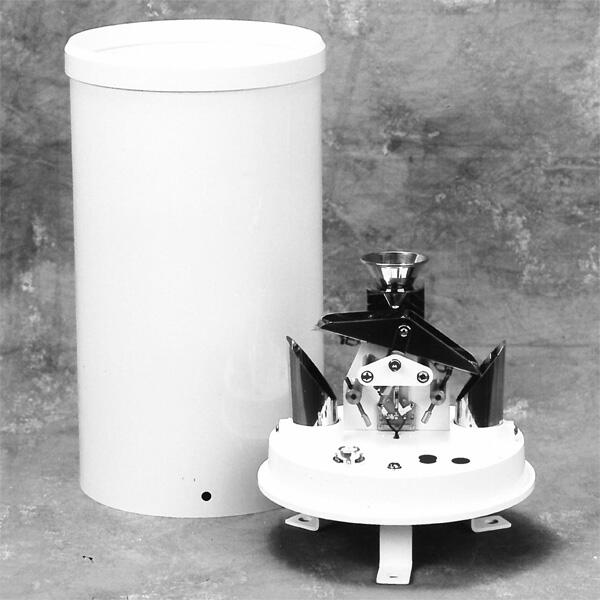10 Practical Applications of Rain Gauges in Various Fields

。
# 10 Practical Applications of Rain Gauges in Various Fields
Rain gauges are essential tools for measuring precipitation, and their applications extend far beyond simple weather monitoring. From agriculture to urban planning, these devices play a crucial role in various industries. Here are 10 practical uses of rain gauges across different fields:
## 1. Agriculture and Irrigation Management
Farmers rely on rain gauges to monitor rainfall and determine the optimal time for irrigation. By tracking precipitation levels, they can conserve water resources and ensure crops receive adequate moisture.
## 2. Flood Prediction and Prevention
Meteorologists use rain gauges to collect data that helps predict potential flooding. This information is vital for issuing early warnings and implementing flood prevention measures in vulnerable areas.
## 3. Hydrological Studies
Researchers employ rain gauges to study water cycles and analyze precipitation patterns. This data contributes to a better understanding of climate change and its impact on water resources.
## 4. Urban Planning and Drainage Design
City planners utilize rain gauge data to design efficient drainage systems. Accurate precipitation measurements help prevent urban flooding and ensure proper water management in metropolitan areas.
## 5. Weather Forecasting
Meteorological stations use rain gauges as part of their weather monitoring systems. The collected data improves the accuracy of weather forecasts and helps predict severe weather events.
## 6. Water Resource Management
Rain gauges play a crucial role in managing water resources for reservoirs and dams. By monitoring precipitation, authorities can make informed decisions about water allocation and storage.
## 7. Climate Research
Scientists use long-term rain gauge data to study climate patterns and trends. This information is essential for understanding global climate change and developing mitigation strategies.
## 8. Construction Site Monitoring
Construction projects often use rain gauges to monitor weather conditions. This helps ensure worker safety and prevents weather-related delays or damage to materials.
## 9. Environmental Impact Assessments
Rain gauges are used in environmental studies to assess the impact of human activities on local ecosystems. Precipitation data helps evaluate changes in water availability and quality.
## 10. Insurance Industry Applications
Insurance companies use rain gauge data to assess weather-related claims. Accurate precipitation measurements help determine the validity of claims for flood or storm damage.
From improving agricultural practices to enhancing urban infrastructure, rain gauges serve as invaluable tools across numerous sectors. Their ability to provide precise precipitation measurements makes them essential for decision-making processes in various fields. As technology advances, the applications of rain gauges continue to expand, further solidifying their importance in our daily lives and professional endeavors.
Keyword: 10 uses of rain gauge
